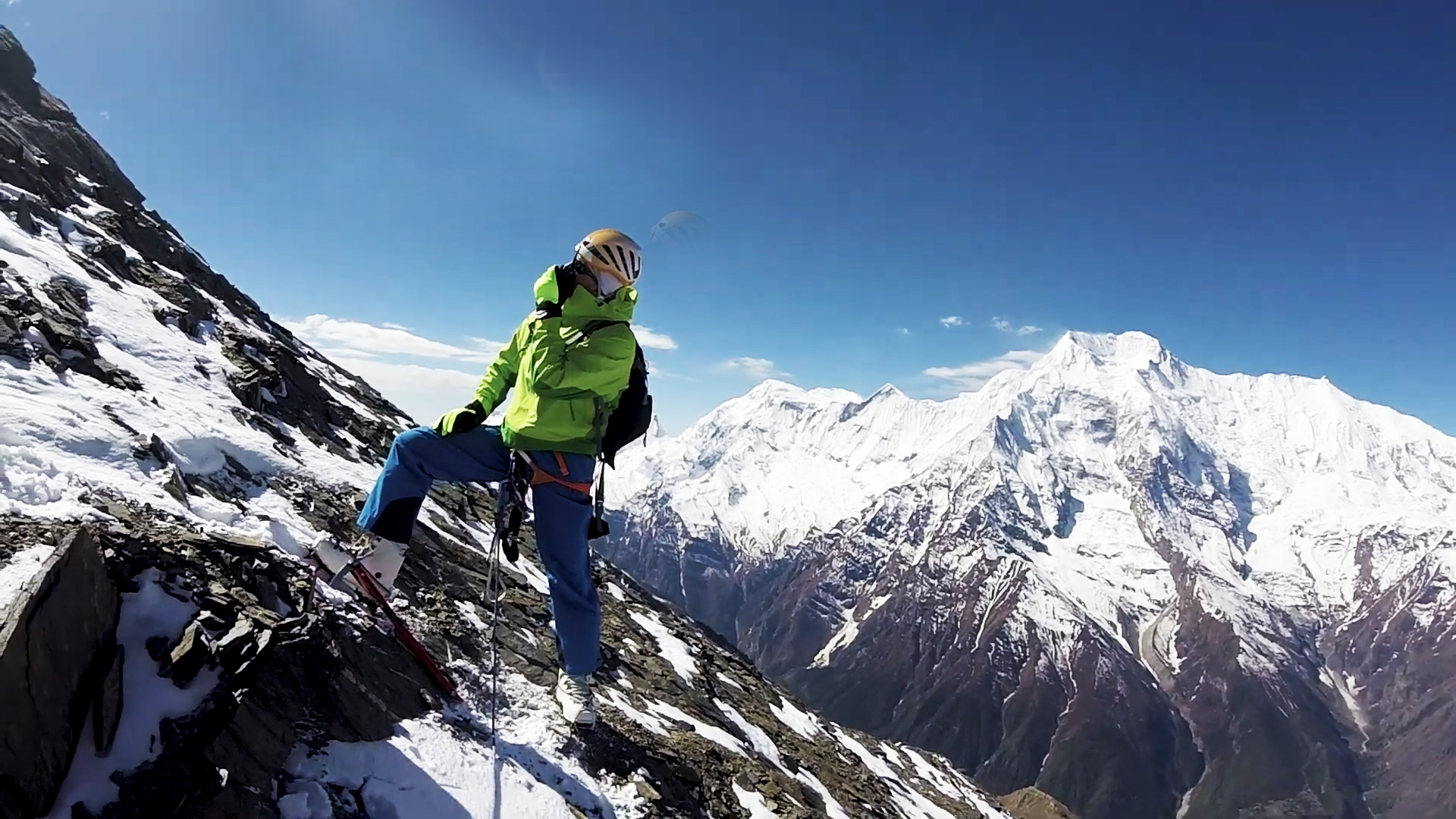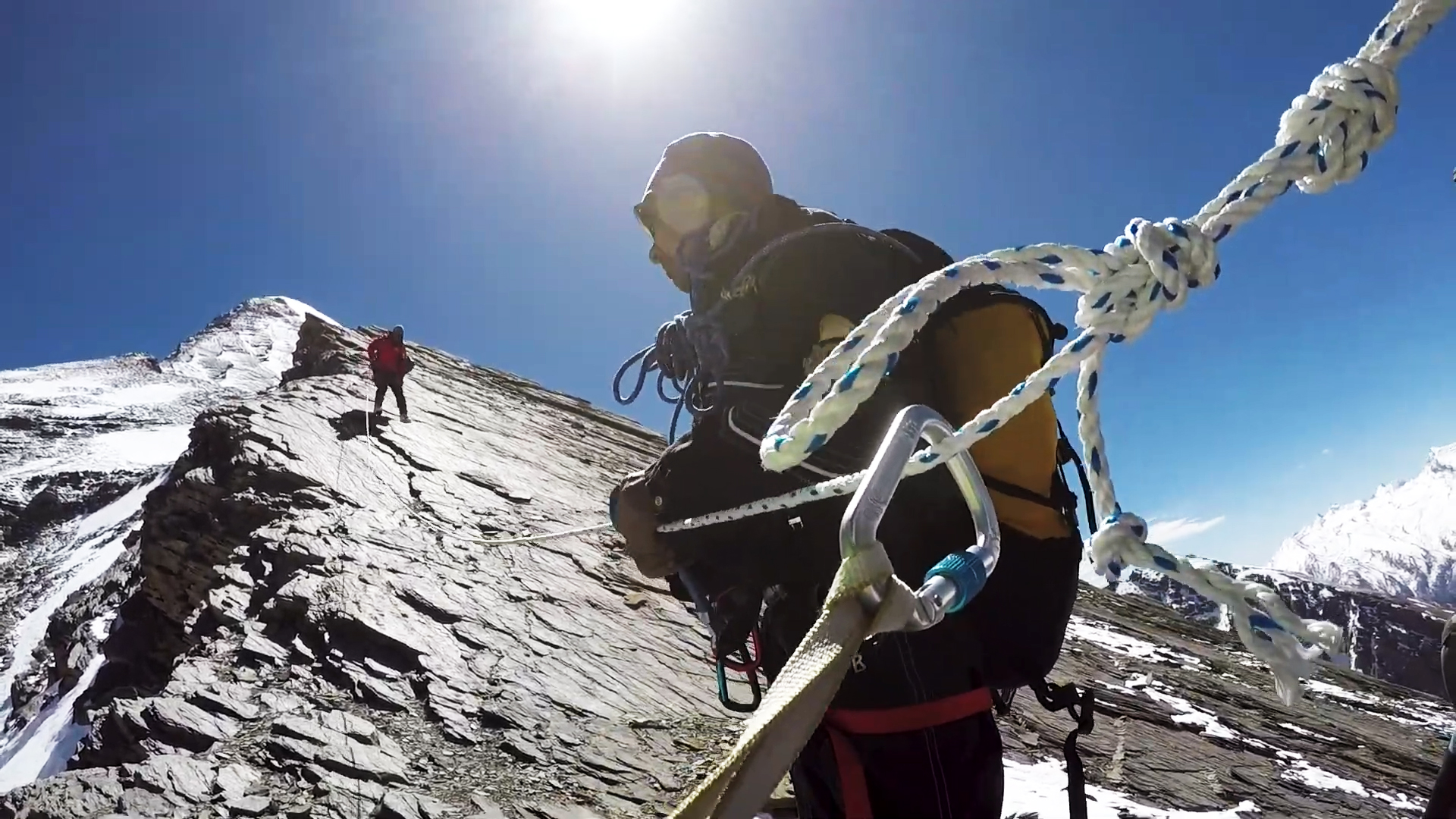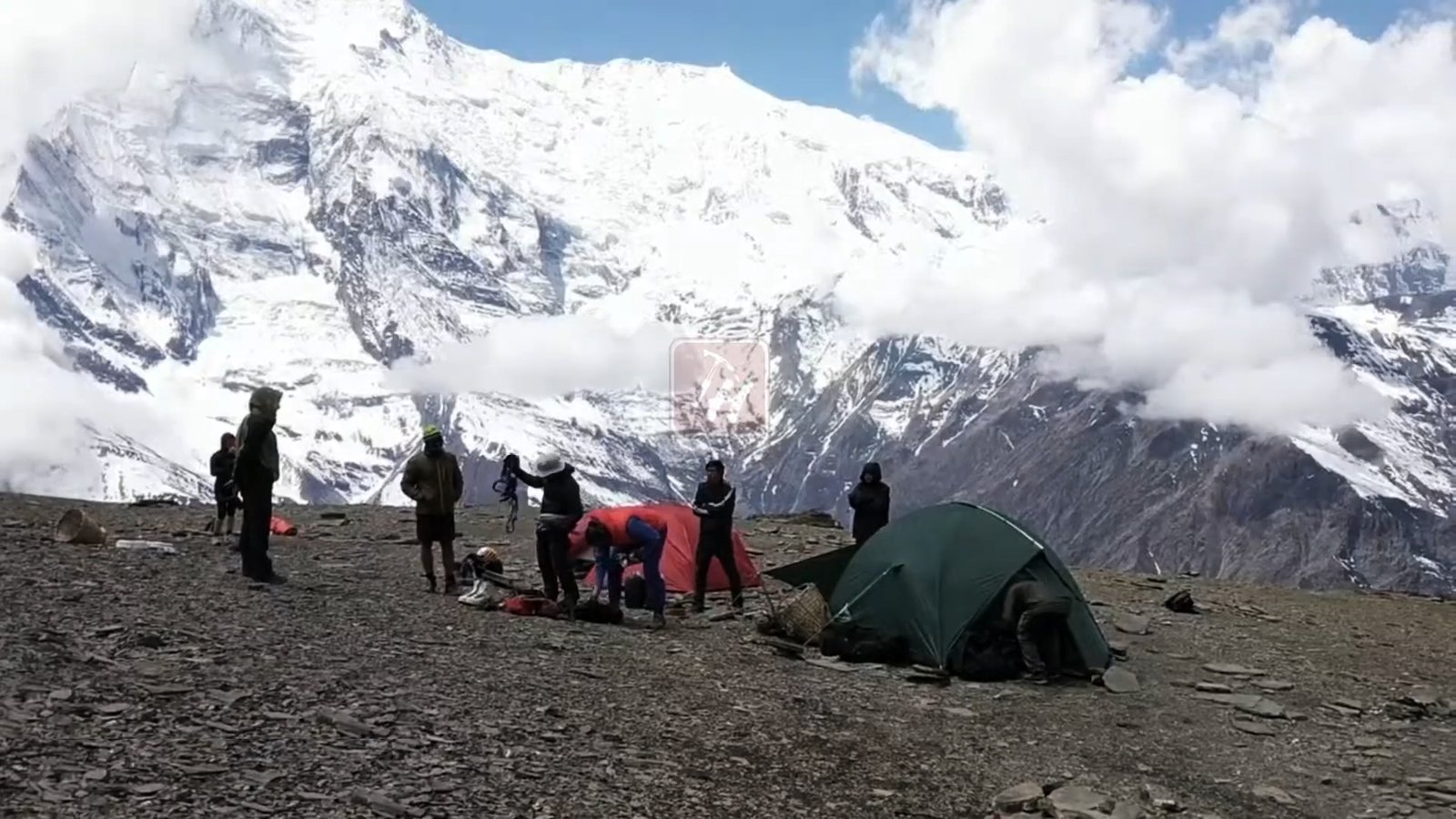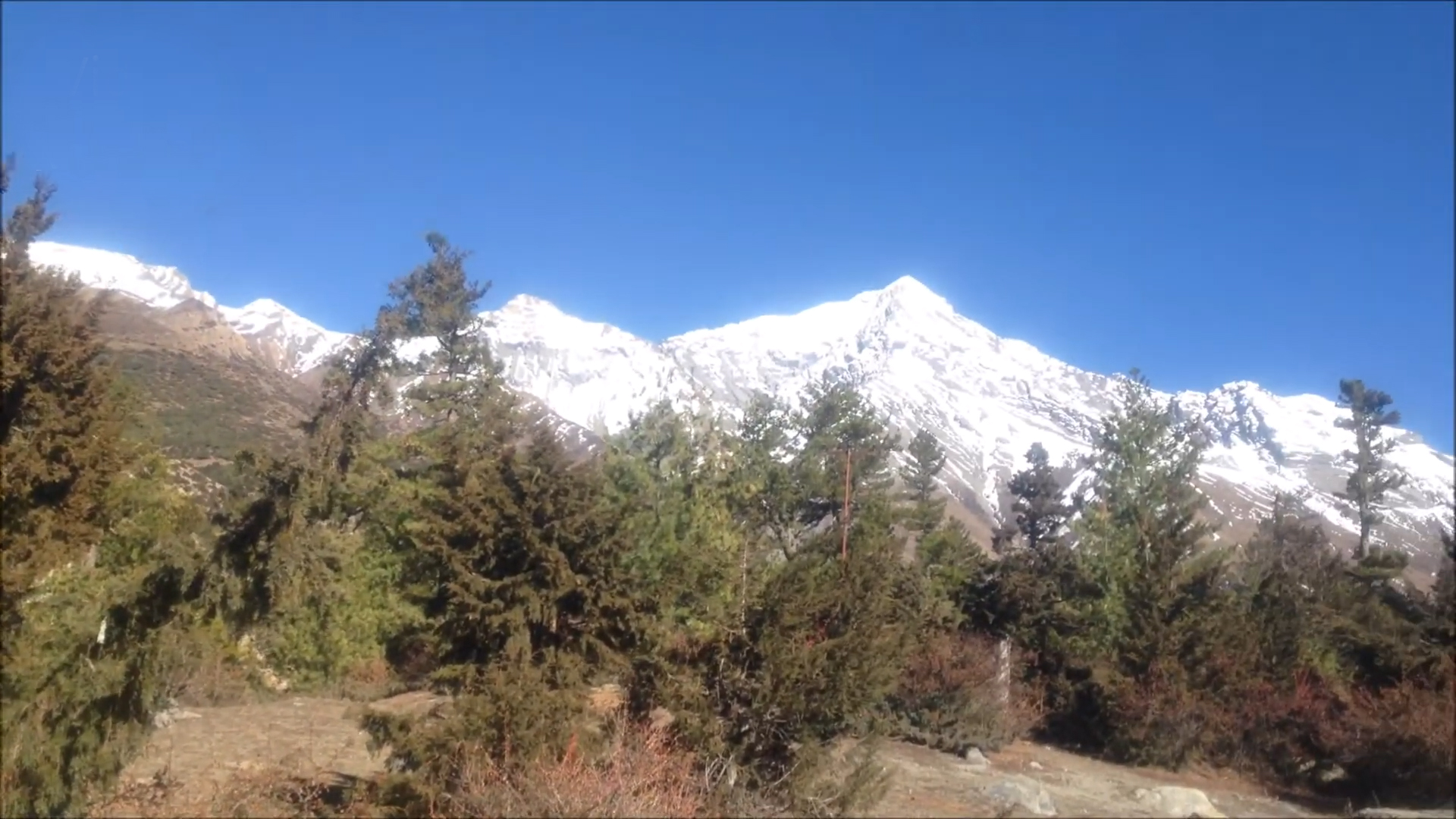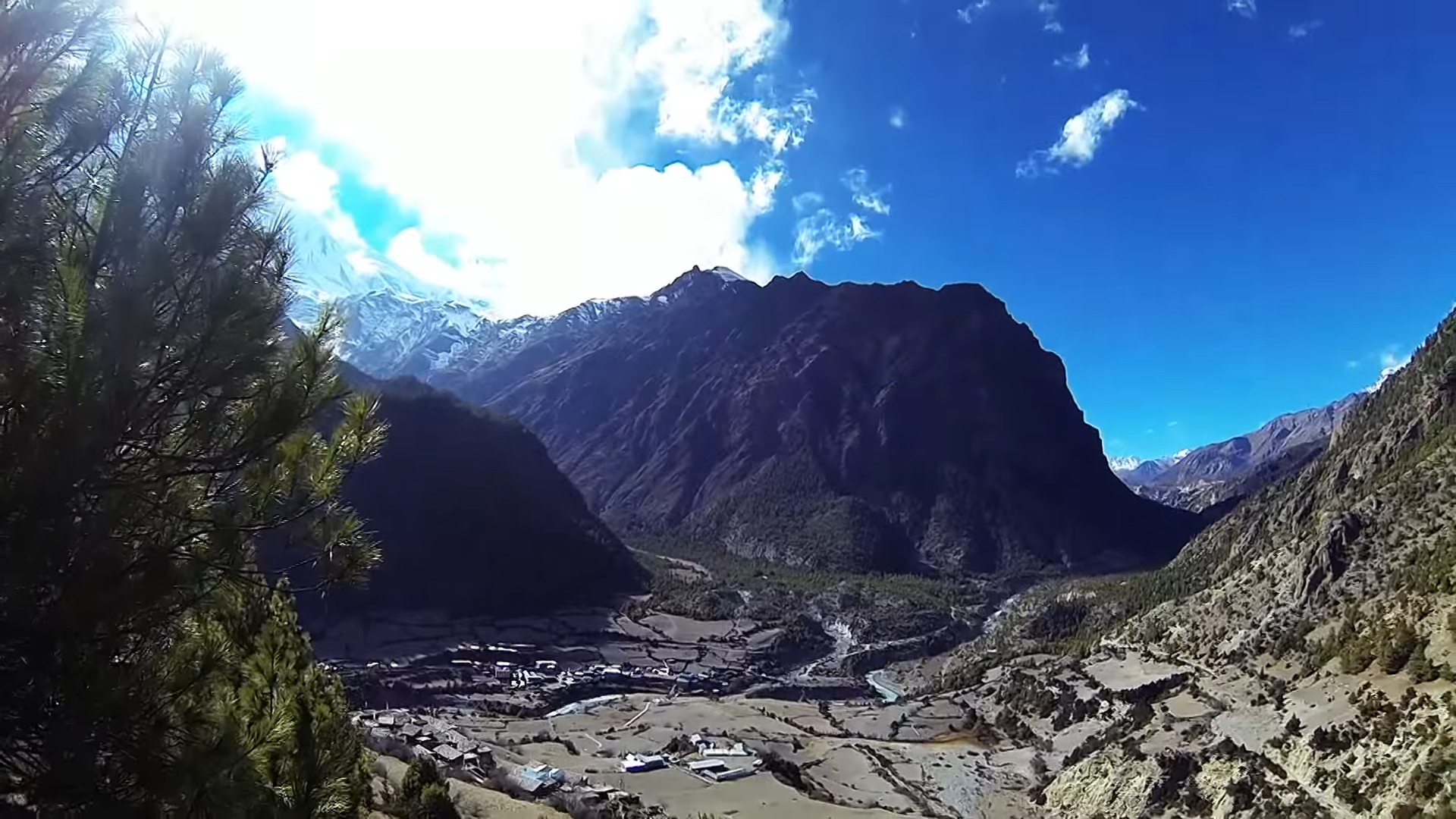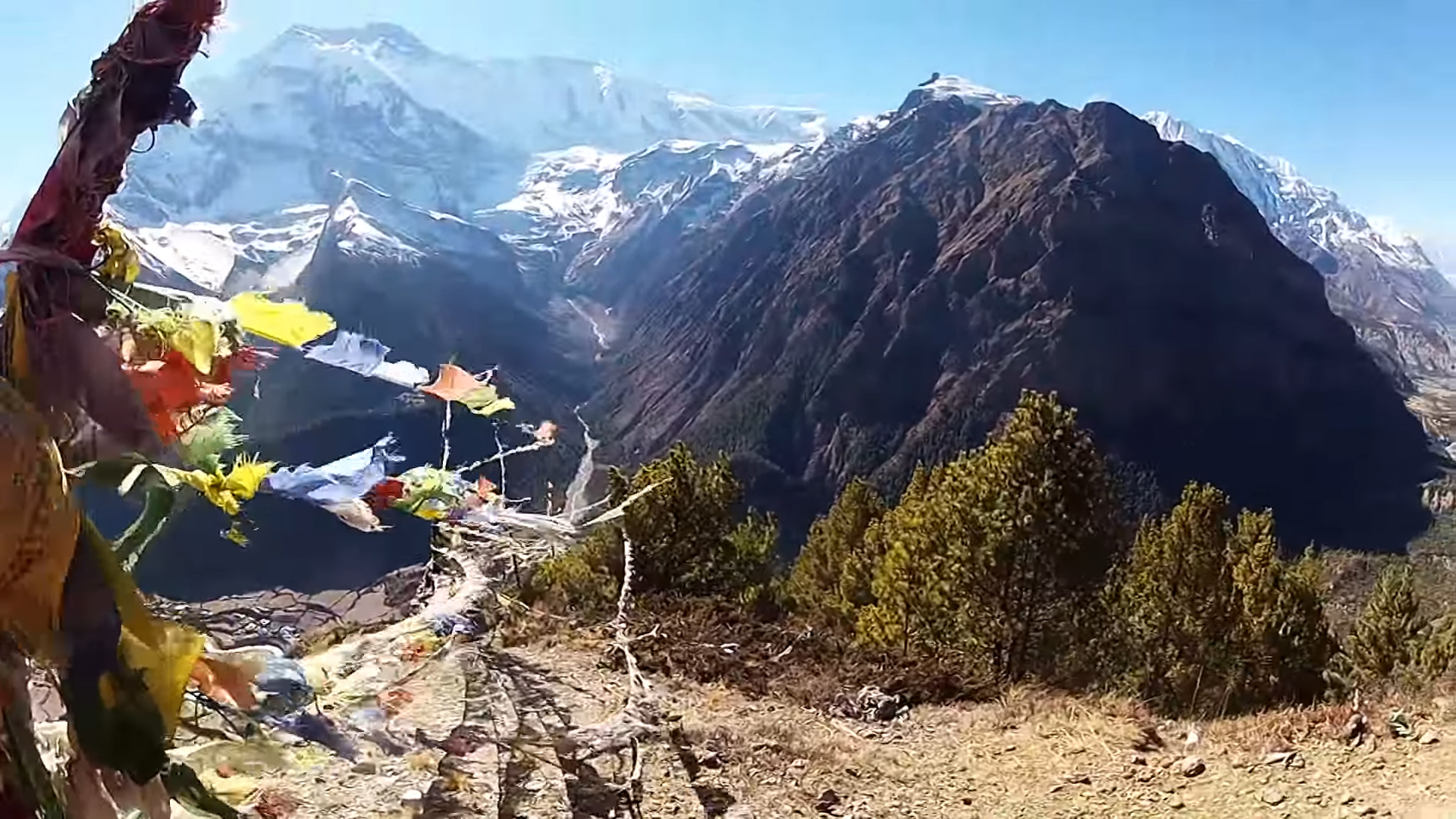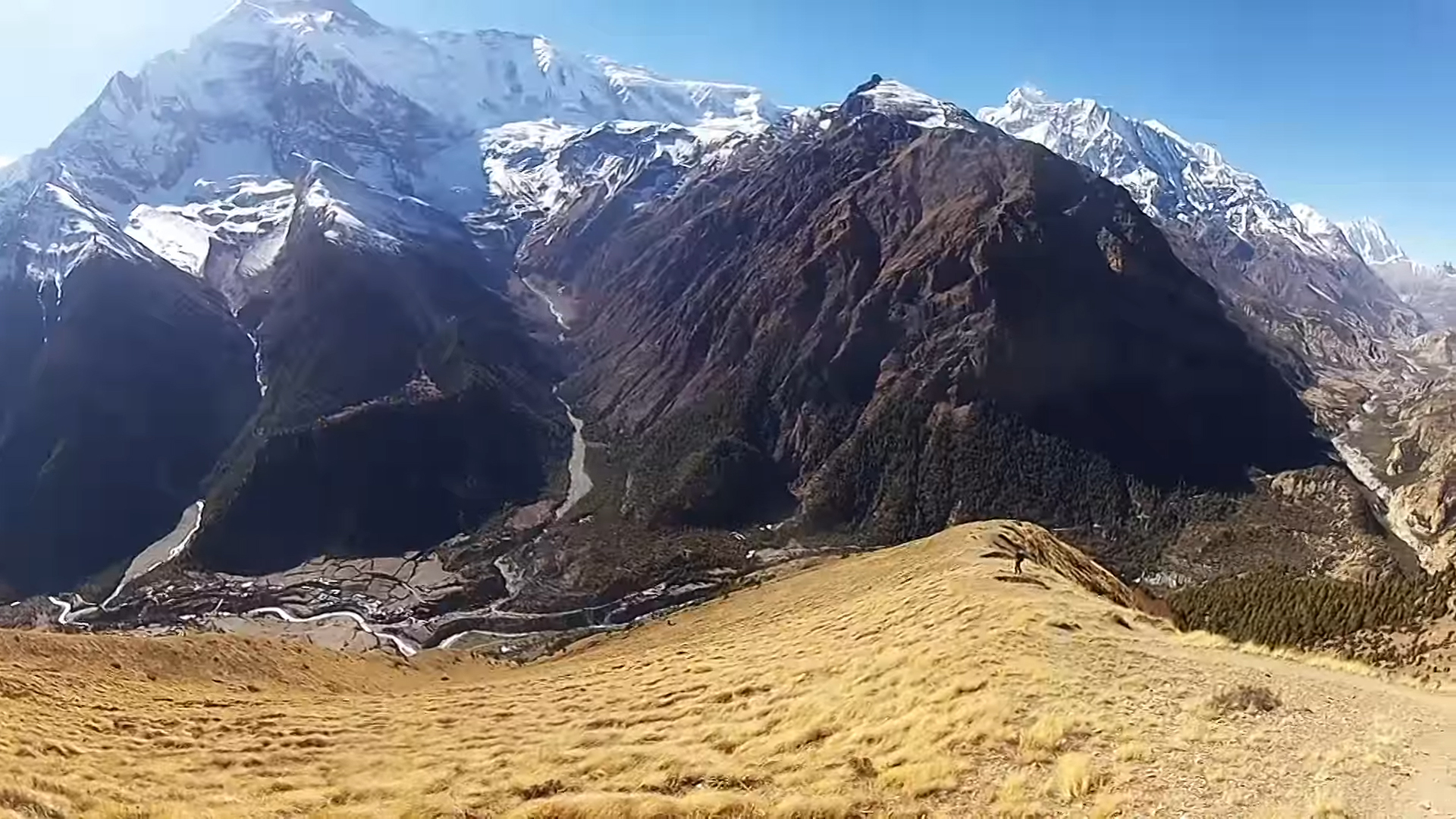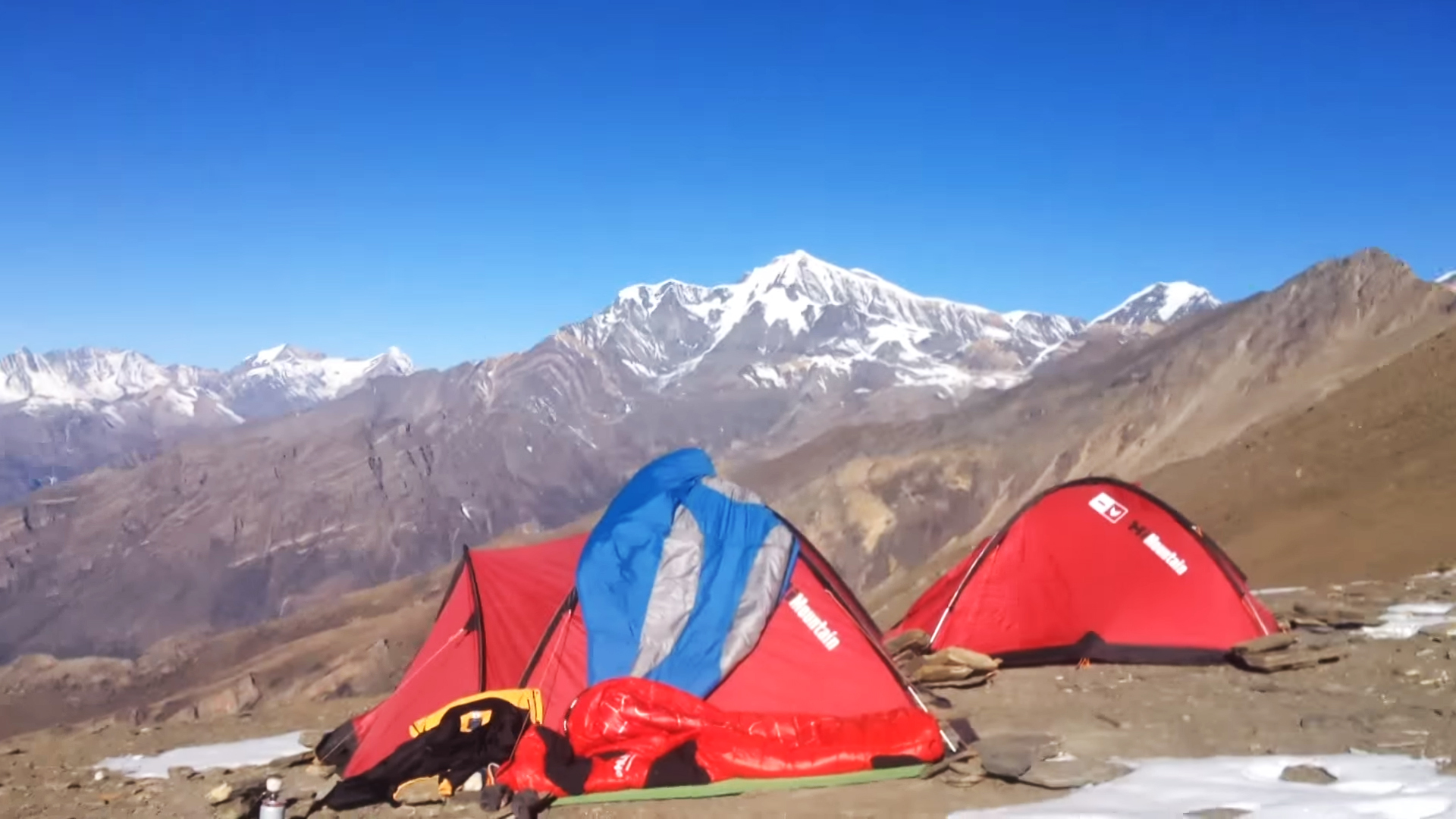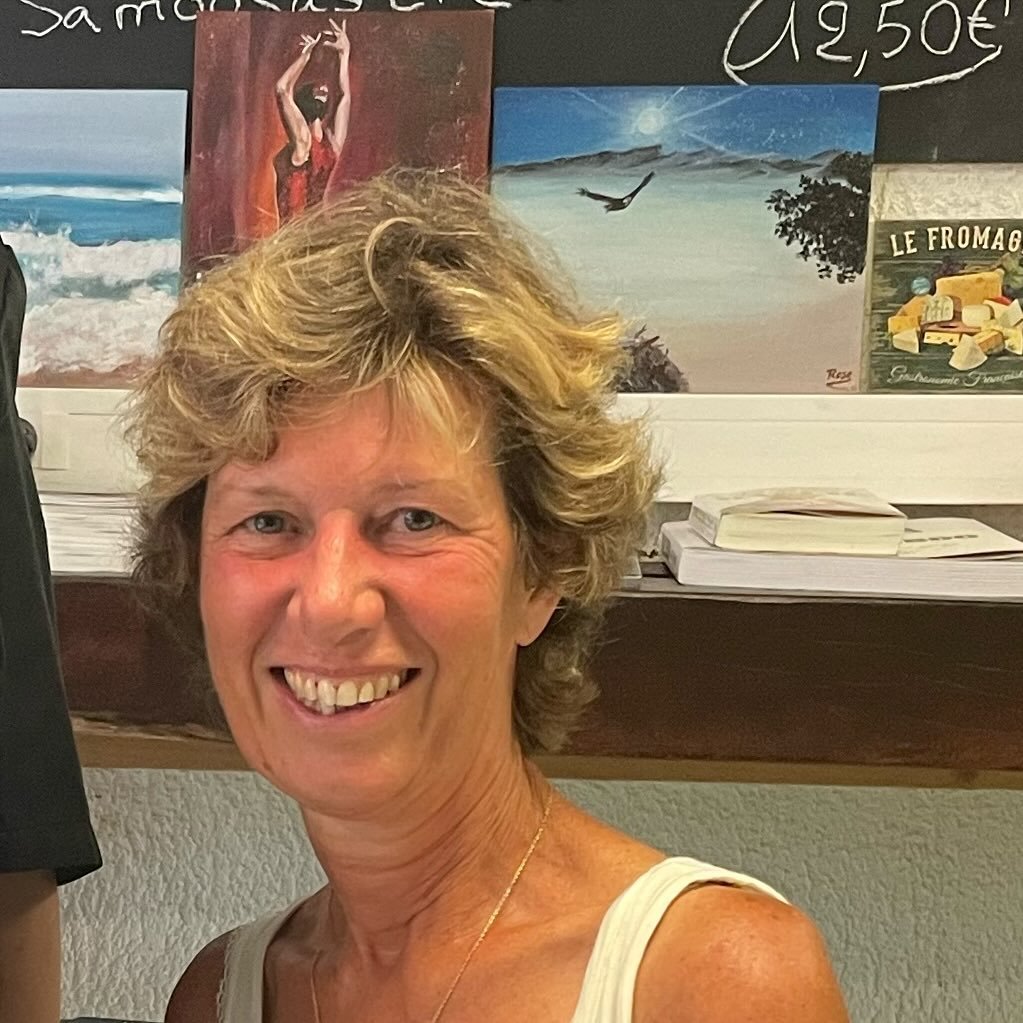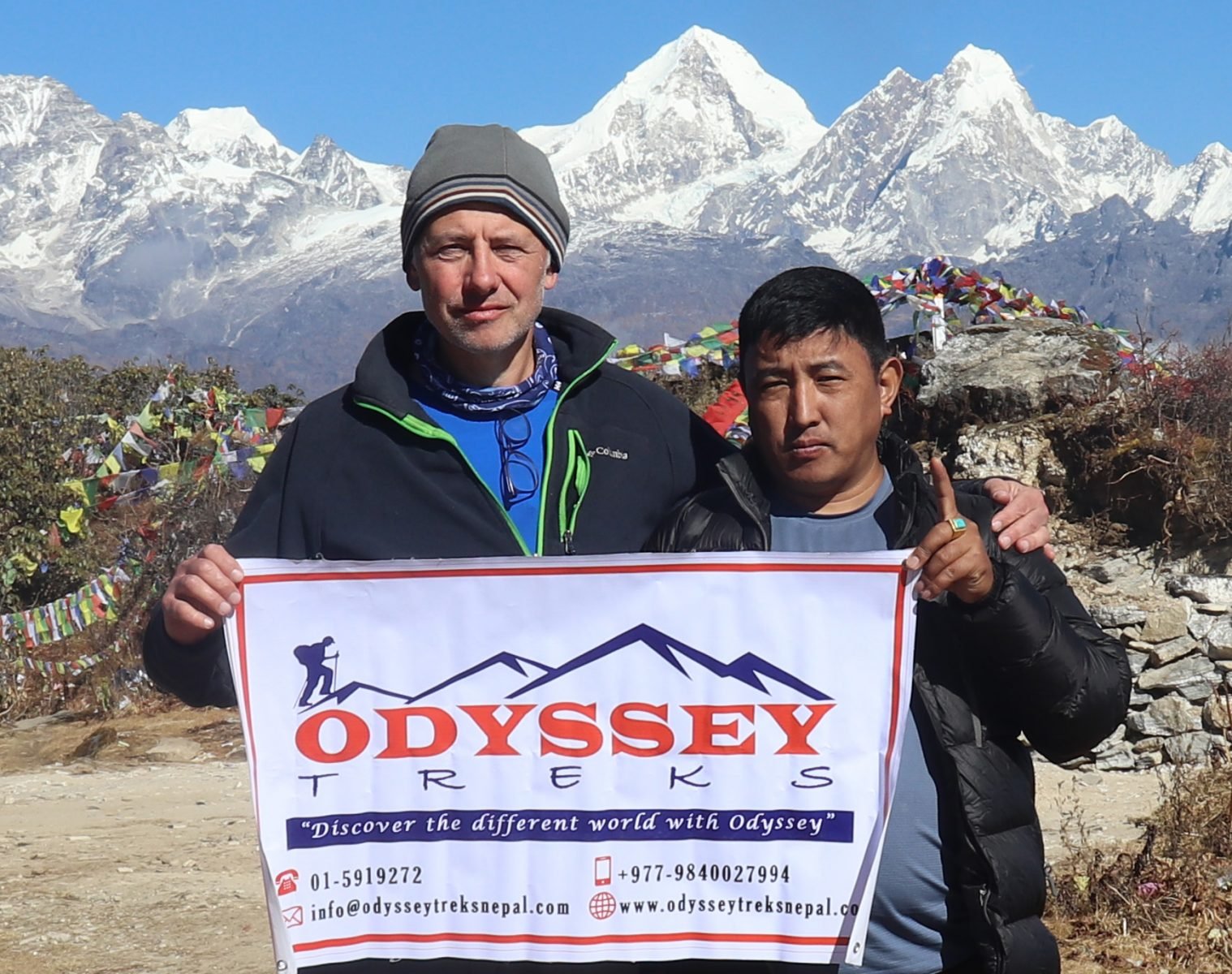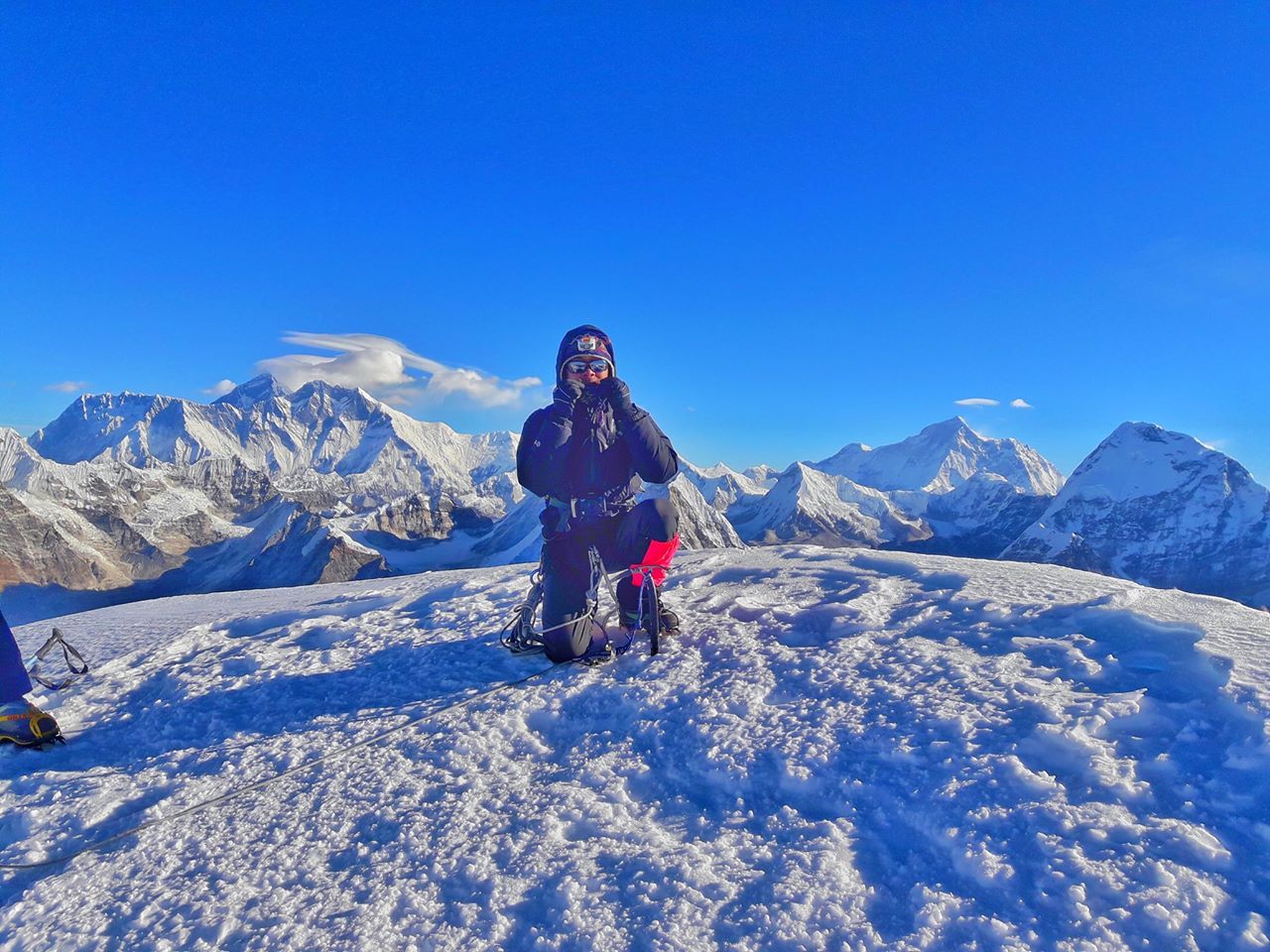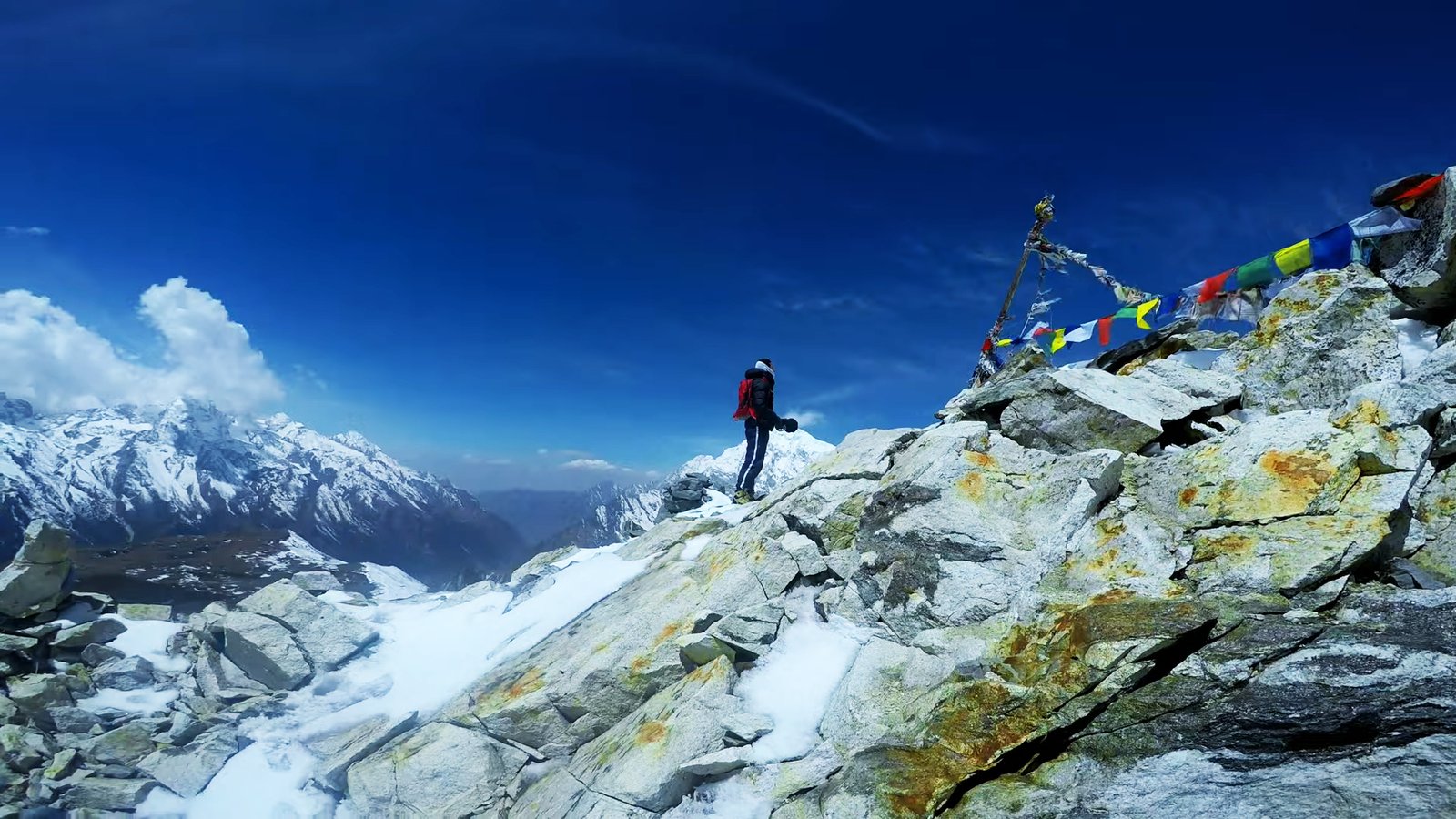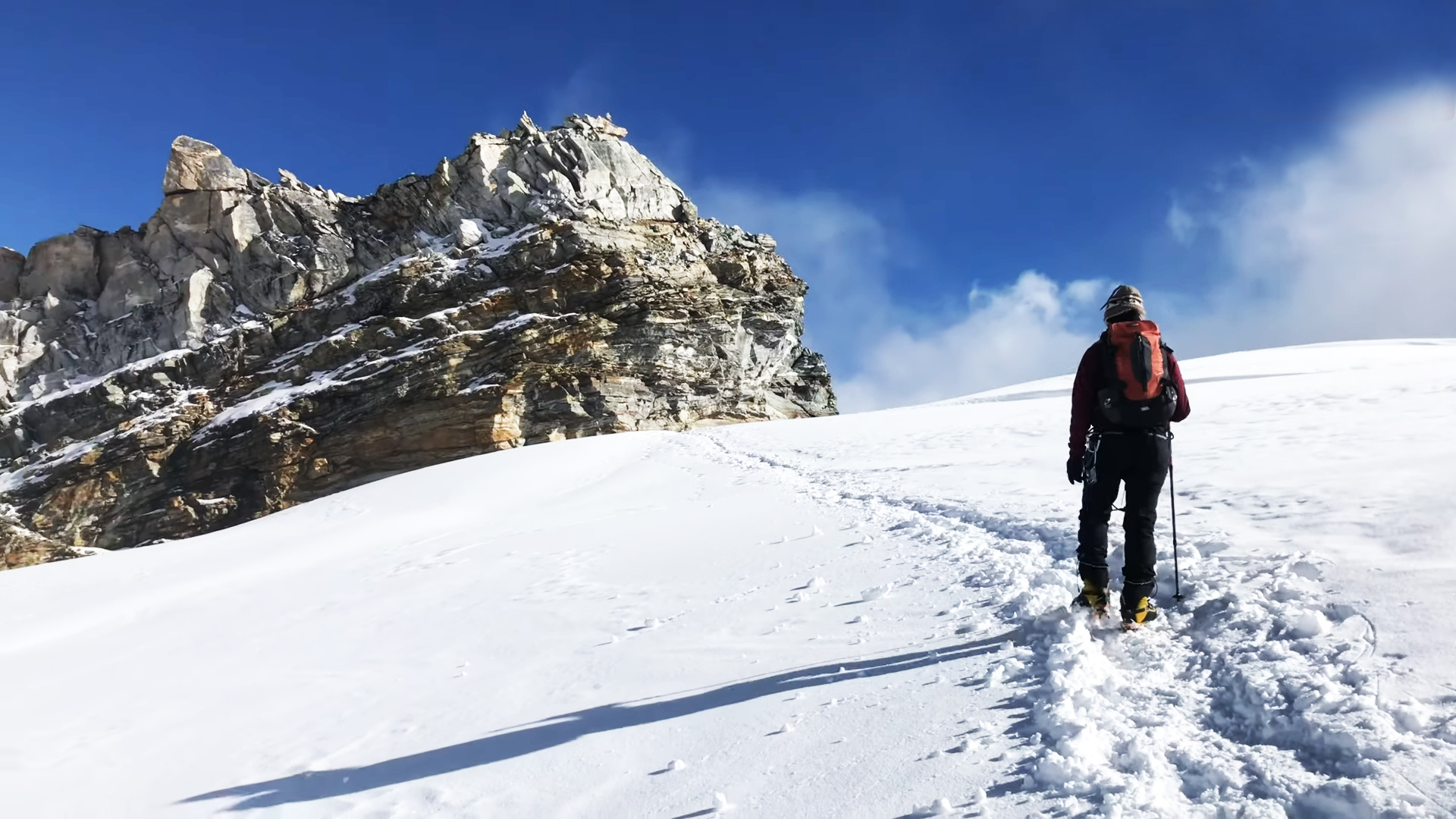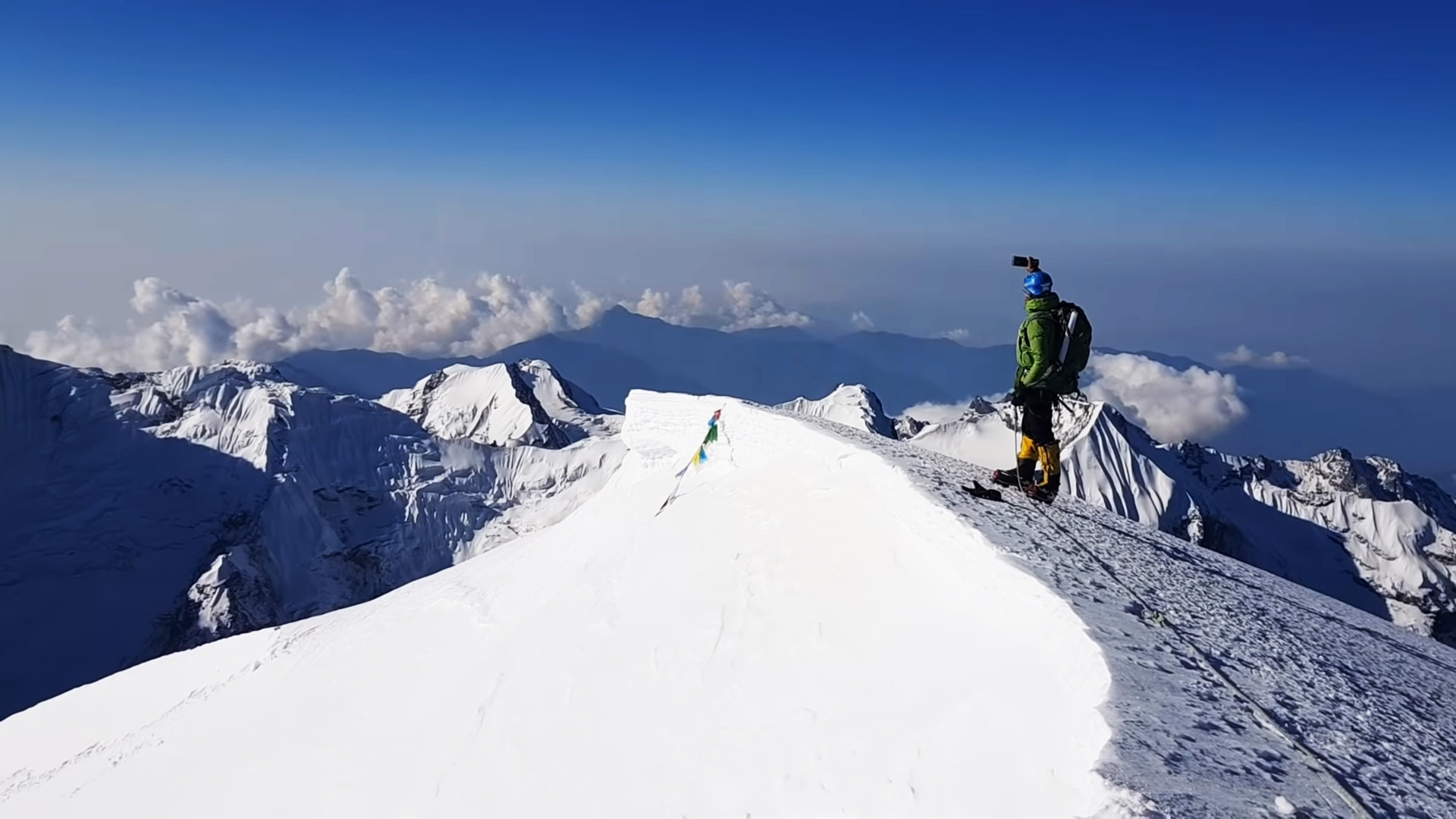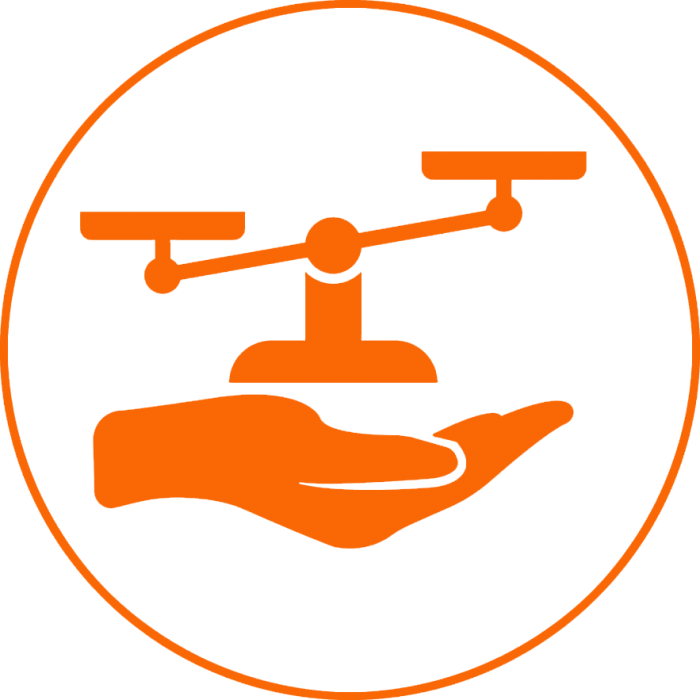Trip Overview
Introduction to Pisang Peak Climbing
Pisang peak climbing in Nepal is a famous climbing activity in the Annapurna region of Nepal. It is a beautiful snow-covered peak with a height of 6,091 meters. Formed in the shape of a pyramid at the summit, Pisang Peak stands majestically above Pisang village. It is located on the way to Thorang La Pass which is the highest pass in the world with an altitude of 5,416 meters.
Located between Mt. Annapurna and Mt. Manaslu, Pisang Peak is one of the non-expedition peaks of Nepal which provides a good opportunity for exploration and climbing in the Himalayas. Pisang Peak Climbing trip is not only peak ascent but a combination of ascent and trekking in the Annapurna region. With a little experience of climbing, you can get a taste of mountaineering in Nepal.
Peak climbing is an adventurous activity that requires advanced physical fitness as well as proper gear, and a favorable climate. Technically Pisang Peak Climbing is not very difficult but a high level of physical fitness is still strongly recommended. Your experienced Pisang Peak Climbing Sherpa guide will give you basic pre-training and short instructions before the climb.
You may visit: Chitwan Jungle Safari Tour in 4 days, Itinerary, Cost, Package
Start Trip From Kathmandu
After an 8-hour drive from Kathmandu, you reach Jagat and from there you start trekking. The trekking trail continues through dense rhododendron forests, waterfalls, suspension bridges, ancient ethnic villages, flora, and fauna. By interacting with the local people of the village, you will also have the opportunity to learn about their religion, culture, traditions, and lifestyle.
The top of the peak offers spectacular views of Mt. Dhaulagiri, Mt. Manaslu, Mt. Annapurna, Mt. Annapurna II, Mt. Annapurna IV, Tilicho Peak, Mt. Gangapurna, and, other more snow-capped mountains. After a successful summit, you will descend the same route and continue trekking through the Manang Valley. The settlements, traditions, religion, culture, and way of life of Manang Valley are unique.
After crossing the highest pass “Thorang La Pass”, you will have the opportunity to visit the famous temple of Muktinath. Muktinath is a popular temple of Lord Vishnu. For Hindus, Muktinath is the sacred place of salvation where they believe that bathing with water will lead to salvation.
There are tea houses and comfortable lodges on the trekking route but the tented camp should be arranged above the base camp. We provide all the necessary equipment for trekking and climbing. Personal insurance and climbing accident insurance are mandatory and the guide must have a license registered under the Nepal Mountaineering Association (NMA).
The best seasons for Pisang Peak Climbing are spring (March-May) and autumn (September-November). However, winter is also a good time to climb if you are ready to face the cold weather. In the colder months, the mountain views are crystal clear and there are fewer tourists. Check out our fixed Itinerary and e-mail us for more trip information.
You may like to visit: Nepal Adventure Tour in 14 days, Tour, Package, Cost, Itinerary
Trip Itinerary
Drive Kathmandu to Synge/Jagat (1,100 m) - 8 to 9 hours.
Jagat to Dharapani (1,860 m) - 6 to 7 hours walk.
Dharapani to Chame (2,630 m) - 5 to 6 hours.
Chame to Upper Pisang (3,700 m) - 8 to 9 hours.
Free day.
Pisang to Pisang Peak Base Camp (4,380 m) - 4 to 5 hours walk.
Pisang Peak Base Camp to Pisang Peak High Camp (5,400 m) - 4 to 5 hours walk.
Summit to the Pisang Peak (6,091 m) and back to Base Camp - 9 to 10 hours walk.
Pisang Base camp to Manang (3,570 m) - 6 to 7 hours.
Manang to Yak Kharka (4,110 m) - 4 to 5 hours walk.
Yak Kharka to Thorong Phedi (4,600 m) - 4 to 5 hours walk.
Thorang Phedi to Muktinath (3,800 m) via Thorong La Pass (5,416 m) - 8 to 9 hours.
Muktinath to Jomsom (2,743 m) - 5 to 6 hours walk.
Fly Jomsom to Pokhara – 45 minutes.
Drive Pokhara to Kathmandu- 7 to 8 hours.
Why not list the price?
Each client's needs may be different. The price of the trip varies according to the size of your group and the service you want. The cost of the trip is calculated according to the type of service and accommodation chosen by our customers.
Each trip is customized to fit the client's needs and group size, so the price of each organized trip is different. Please let us know the service you want and the size of the group. We create trips to suit your taste and travel budget per your requirements. Hope you find our price calculation reasonable according to your needs and preferences.
Frequently asked questions about this trip
How difficult is the trek?
The difficulty depends on where and how long you want to trek. The short trek is easy while the long trek requires some physical fitness.
What is altitude sickness?
Altitude sickness is normally known as acute mountain sickness. This can happen when people rapidly climb up to an altitude of more than 3000 meters. We ensure minimal risk by adding rest to our trekking itineraries. Most people will feel some effects of altitude, some shortness of breath and possibly light headache, this is normal enough. Acute mountain sickness patients are quite different and usually have a serious headache, sickness, and lose awareness. In almost all possible cases there are sufficient warning signs to take action properly. Descending to a lower altitude is usually enough to prevent any further problems.
What type of accommodation is available during the trekking?
There are mainly tea houses and lodges available for trekking and they are usually made using local materials and are very comfortable. These accommodations are often family-run and usually provide single and double rooms. The dining room is on the ground floor and is often on fire. All food will be cooked in order in the family kitchen. Toilet facilities are sometimes separate and sometimes outside. Most lodges provide mattresses and blankets. It's a good idea to always have a sleeping bag, which can be useful, and perhaps an inflatable pillow.
How long do we walk every day on trekking?
Trekking programs are classified into three different categories: soft, moderate and hard. Soft treks are only about 7 days to 10 days in duration. They generally do not go above 4000 meters; you can expect to walk about 4-5 hours each day. Moderate treks are challenging enough and long treks that go to the high hill country. Physically exhausting, this involves trekking along the cliffs of the mountains for about 6-8 hours. Harder treks are longer treks that go farther away from the general abode of trekkers and tourists. These physically challenging treks involve walking for 7- 9 hours each day.
How much weight do I need to carry on the trek?
You carry some of your personal belongings, such as warm clothing, water, snacks, sun block, cameras and more. Generally, these items will be lightweight, from 5 to 10kg (10 to 20 pounds). Our porters are available for other heavy goods and for your information one porter would be sharing by two people. The maximum weight carried by one porter is total 20 kg. this means 10 kg. per person is allowed for the trek. In case if you wish to carry more than this weight then you need to hire additional porters.
What is the best time for trekking in Nepal?
October and November are considered as the best times for trekking in Nepal due to dry season. December and January are also considered good times for trekking but it is extremely cold at high altitudes.
Google Reviews
Guest reviews
Thank you a lot for your organization about my trek. It was a superb experience; all was perfect. Karma is a very nice person and a good guide. I appreciated trekking with Odyssey (a reliable Nepal trek operator). If I come back to Nepal, I will be happy to...
Have just returned from my fourth trip to Nepal and as always Odyssey Treks organized everything superbly. We visited Makalu relatively late in the season and were rewarded with empty trails and amazing weather. Karma was as entertaining, friendly, and informative as ever along with Ang Dawa Sherpa who...

